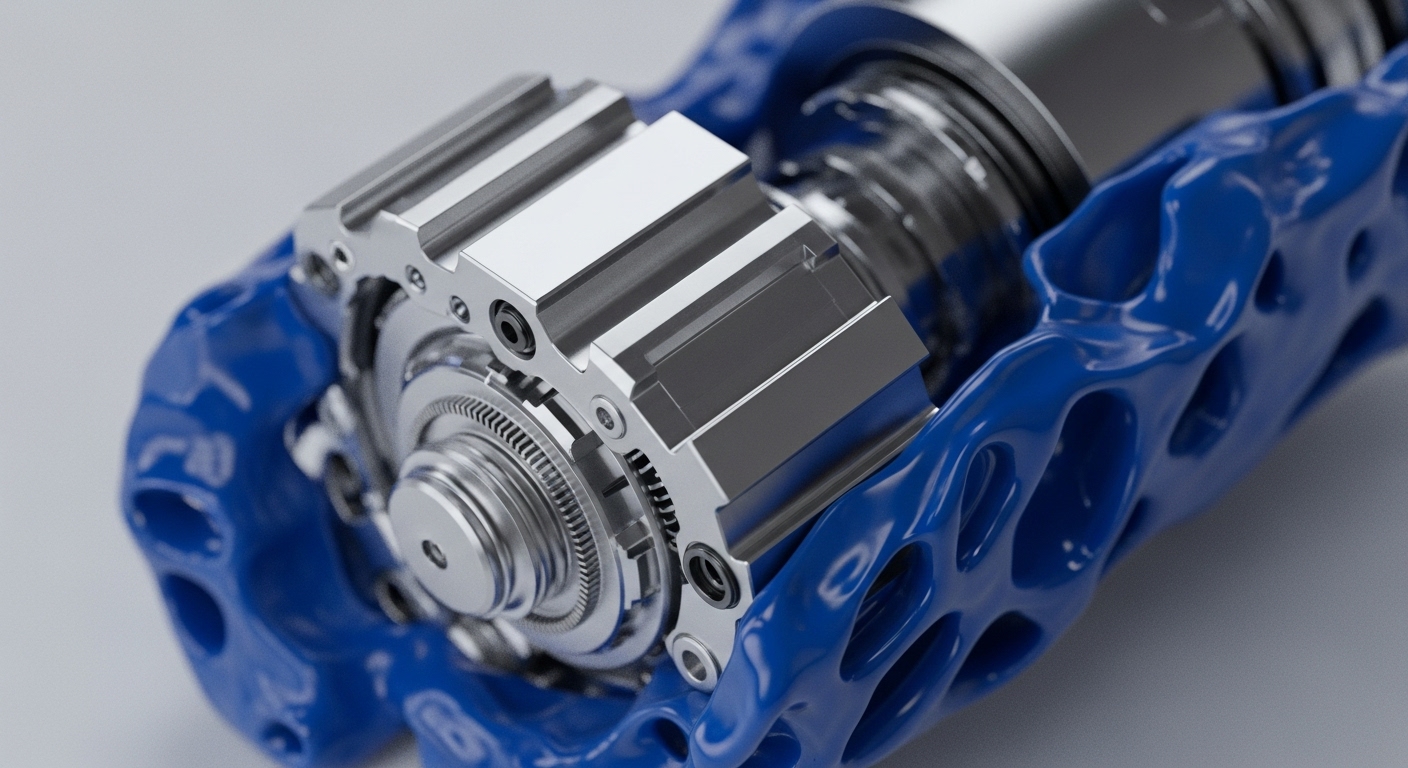
Briefing
Solana’s leading decentralized exchange aggregator, Jupiter, has launched its Ultra v3 protocol, establishing a new end-to-end trading engine that fundamentally re-architects on-chain execution for the DeFi user base. The primary consequence is a significant mitigation of toxic Maximal Extractable Value (MEV) and slippage, achieved through the new ShadowLane private transaction landing engine and predictive routing algorithms. This upgrade solidifies Jupiter’s position as a core liquidity primitive, leveraging the underlying Request for Quote (RFQ) system, JupiterZ, which already facilitates approximately $100 million in daily volume with zero slippage.

Context
Prior to this innovation, the decentralized trading landscape was characterized by significant user friction stemming from fragmented liquidity and predatory MEV extraction. Traders frequently suffered from high slippage and front-running attacks, where external searchers would profit at the expense of the user’s trade execution. The prevailing product gap was the lack of a vertically integrated solution that could simultaneously aggregate deep liquidity across multiple sources and provide a private, high-performance transaction path, forcing users to rely on multiple tools or accept suboptimal pricing.

Analysis
The Ultra v3 upgrade alters the application layer by integrating a full-stack execution primitive directly into the aggregation process. The core system change is the introduction of Iris , a meta-aggregator that finds the best pricing across both Automated Market Makers (AMMs) and Request for Quote (RFQ) systems like JupiterZ, alongside the ShadowLane engine. ShadowLane functions as a private transaction landing layer, ensuring user trades are never exposed to external MEV searchers, thus minimizing the risk of sandwich attacks by a factor of 34x. This combination of predictive execution and private settlement creates a superior user incentive structure, directly translating to up to 10-times lower execution fees for the end-user and forcing competing protocols to either adopt similar vertically integrated strategies or face a substantial loss of high-value order flow.

Parameters
- Sandwich Protection Improvement → 34x better protection against toxic MEV attacks, a key measure of trade security.
- Execution Fee Reduction → Up to 10-times lower execution fees for end-users, reflecting improved capital efficiency.
- JupiterZ Daily Volume → Approximately $100 million in daily volume, representing the scale of the underlying zero-slippage RFQ system.
- New Router Architecture → Iris, a meta aggregator that sources liquidity from DEXs and RFQ platforms.

Outlook
The strategic outlook centers on the potential for this end-to-end execution model to become the new foundational primitive for high-volume decentralized trading. The tight integration of the transaction landing engine and the meta-aggregator creates a defensible competitive moat, making the full system difficult to fork effectively without replicating the entire infrastructure. The next phase of the roadmap involves expanding the utility of the “Gasless Support” feature, abstracting away the final layer of blockchain complexity and accelerating the onboarding of non-native Web3 users. This focus on superior execution and user experience positions the protocol to capture an even larger share of the aggregated liquidity market, defining the product-market fit for next-generation DEX infrastructure.

Verdict
The launch of Ultra v3 establishes a new, vertically integrated standard for decentralized trading infrastructure, fundamentally shifting the competitive vector from simple liquidity aggregation to superior, MEV-protected execution.
